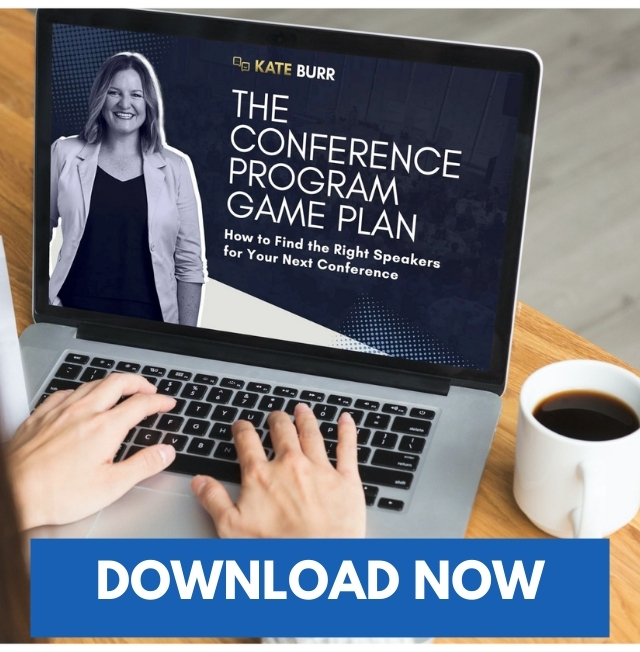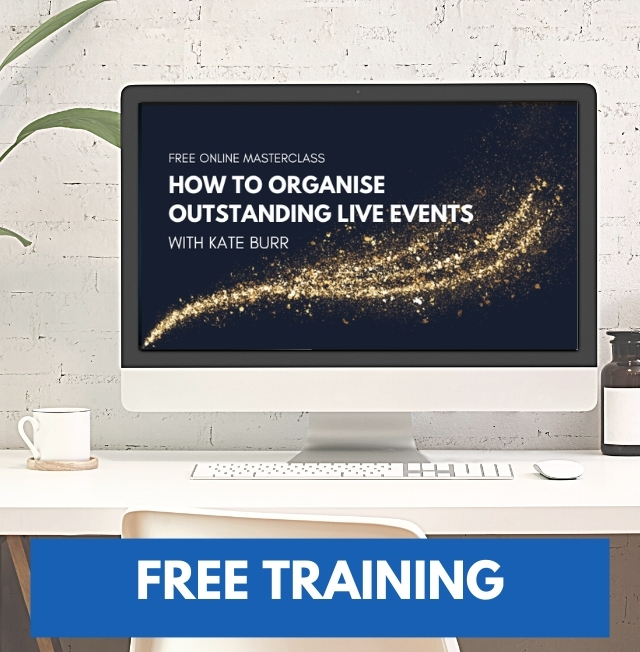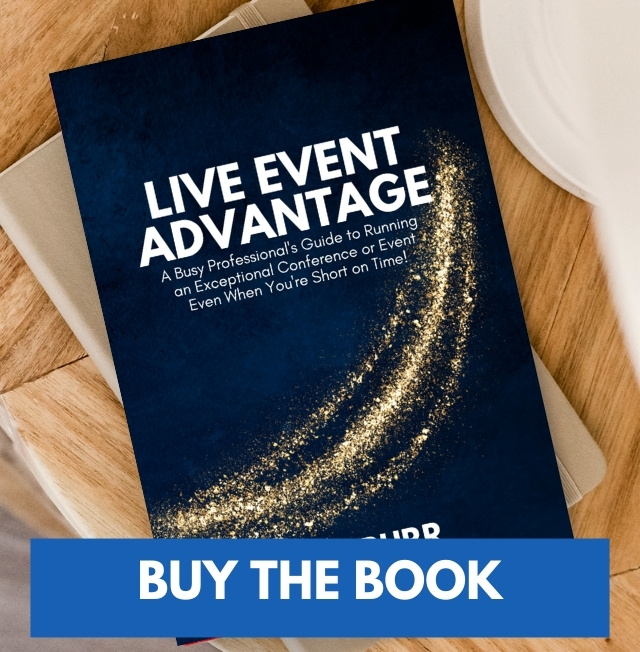MC’s have a lot of jobs at a live event – but their first job (and one that I think is probably the most important) is to turn a room full of people into an audience and unify them as a collective group.
To the uninitiated, “a room full of people” and an “audience” might seem like the same thing, but trust me it’s not.
A group of people sitting on chairs in a room is not an audience. An audience is a group of individuals that are now connected at some level, on the same page, ready to listen and ready to participate in your event.
Why is this so important?
While it may seem that I’m simply talking semantics here, the importance of “creating an audience” cannot be overlooked.
It’s Better for your Attendees
When you are in an audience, you become bigger than just ‘yourself’. The experience of an event is shared and the energy around that can be incredible. Think about a music concert you went to and the crowd were all moving together, singing as one and having a brilliant time. That’s because you were part of an “audience”.
It’s Better for your Speakers
When you have united an audience and have them ‘primed’, it creates such a better starting point for your Speakers. Rather than trying to present to a cold, shut off, closed group of people, it is so much easier for the Speaker when the energy of an audience is warm, friendly and open. An audience is much more engaged with the Speaker – right from the time they start talking, which means the Speaker can deliver more value as they get straight into their content, rather than trying to deal with the dynamics of the audience first.
It’s Better for Organisers
Have you ever been to a Conference, Workshop, Seminar or Training event where you walked out going “that was amazing”? Well there is a fair chance the audience had something to do with that. (… and there is a fair chance the MC had something to do with the audience). The audience vibe can bring the “X Factor” to your event. You know when it’s hard to put your finger on it – but it just works? Well if that happens at your event – and people walk out going “that was amazing” – do you think they’ll be back for your next event? Of course they will! Word of mouth, referrals and repeat business will much more likely come your way!
So now you know why it’s so important to create an audience – the next question you probably have is “how do you even do that?” Well I’m glad you asked…
There are 5 main steps to creating an audience, that I refer to as AIDAT:
Attention
Gain their attention:
By welcoming the audience and addressing the group as though they already are an audience is a really good start. For example, saying a big enthusiastic: “Hello and welcome to [Event Name]” is really helpful.
Introduction
Introduce yourself:
Next step is to say your name so that people know who you are and why you are there. Even though this seems excruciatingly obvious, it is so often forgotten. For example: “My name is Kate and I’ll be your Host/MC for today”
Side note: Truth of the matter is that no one really cares what your name is, but by saying your name it gives the audience an indication that you know what you are doing and “you’ve got this”. One of your jobs as MC is to make the audience feel secure. They want to know that things are in control so they can relax.
If an audience is forced to be on high alert, it is more exhausting for them and takes more effort, which leads to audience fatigue. They tire more easily, which causes to them lose interest, get bored more quickly, struggle to take in the info being presented and can make for a really long day.
Define
Define the common goal:
Every person in your audience was doing something completely different only 15 minutes before sitting on those chairs. Some were getting coffee, some were trying to park a car, some were on a business call, some were sorting out family issues and some may have been dealing with ‘personal space’ issues on public transport.
Therefore, it’s a good idea to remind people why they are there and focus their attention on the event. For example: “It’s so great to have you at [Event Name]. It’s going to be a fun filled day/great opportunity to connect/unique opportunity to learn from … etc”.
Acknowledge
Acknowledge your audience:
Everyone likes to be thanked and acknowledged. It is no different for people in an audience. The other bonus of acknowledging your audience, means that you are depositing into the “goodwill bank account” that you can withdraw from later. For example: “Thank you for coming today, I know some of you have travelled far/are busy/run full lives. Give yourselves a big round of applause for making it here today.”
Tone
As the MC, you tone and attitude will help set the tone of the whole event. Make sure that you are consistent overall branding and feel of the event. You can be anything from funny and friendly, to serious and prestigious, to nervous and monotone (which may come across as bored and uninterested!) so be mindful how you are setting the tone for the event.
So let’s put it all together:
A
“Hello and welcome to [Event Name]”
I
“My name is Kate and I’ll be your Host/MC for today”
D
“It’s so great to have you at [Event Name]. It’s going to be a fun filled day/great opportunity to connect/unique opportunity to learn from … etc”.
A
“Thank you for coming today, I know some of you have travelled far/are busy/run full lives. Give yourselves a big round of applause for making it here today.”
T
This is achieved through your personality, attitude, actions and energy you bring.
So next time you are at a live event, see if the MC “AIDATs” the audience and notice the difference it makes to the vibe and energy of an event.
Have Fun!
Kate




